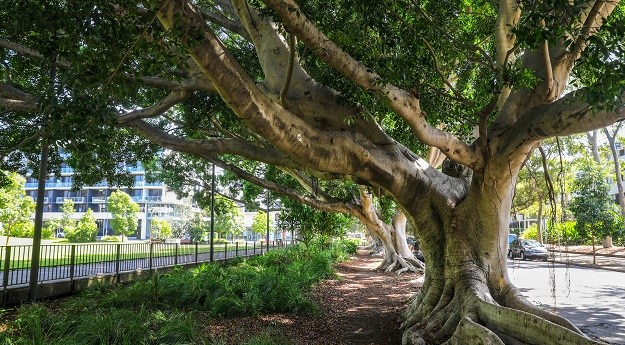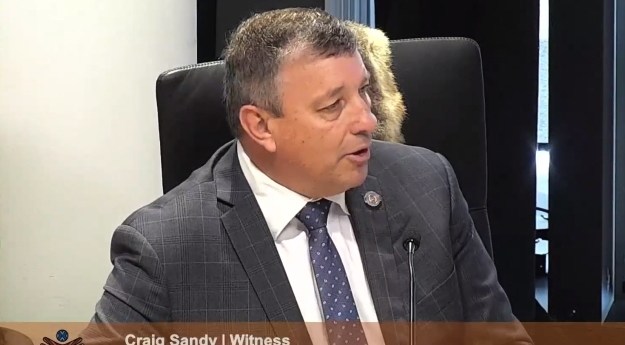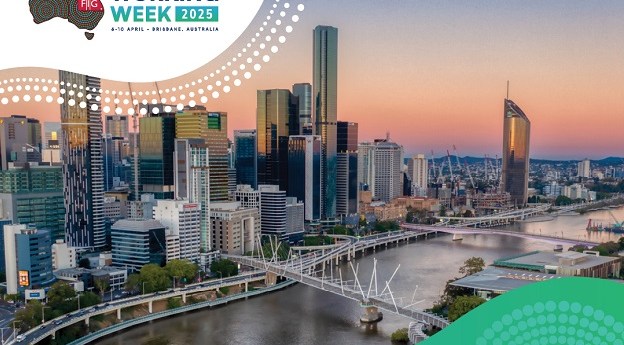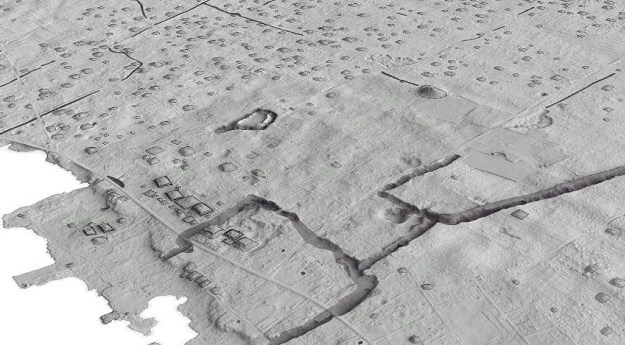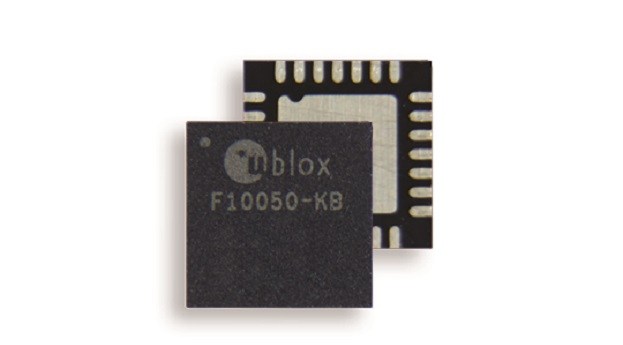
ANU Lock acquisition system being installed. Credit: LIGO
Australian scientists are making technological leaps in the search for the last missing piece of Einstein’s General Theory of Relativity, gravitational waves, as the Advanced LIGO Project in the United States comes on line.
LIGO (the Laser Interferometer Gravitational-wave Observatories) aims to find gravitational waves, ripples in the fabric of space and time caused by the most violent events in the universe such as supernovae or collisions between black holes.
“We’ll find things we can’t imagine – gravitational waves are a completely different messenger from light,” said Professor David McClelland from The Australian National University (ANU), who leads the Australian LIGO team.
“It’s like the moment when Galileo first turned a telescope towards the skies and started a new epoch of astronomy. Here we shall begin a whole new and fundamentally different way of observing the Universe.”
Australia is a partner in Advanced LIGO with research groups from ANU and the University of Adelaide, supported by the Australian Research Council, directly contributing to its construction and commissioning.
LIGO will ultimately be joined by detectors in Europe, Japan and India seeking evidence for gravitational waves, in the form of movements a fraction of the radius of a proton.
“Advanced LIGO is easily the most sensitive detector ever created, at the limits of the Heisenberg Uncertainty Principle,” said Professor Jesper Munch, leader of the University of Adelaide research group.
In his 1915 General Theory of Relativity, Einstein proposed that large masses such as stars cause curvature in space and time, which leads to gravity and also bends light.
A number of observations in the past 100 years have confirmed other consequences of Einstein’s theory, but only in regions of weak gravity, said LIGO team member Professor Daniel Shaddock, from ANU Research School of Physics and Engineering (RSPE).
“Gravitational waves are produced when massive objects accelerate or collide,” he said.
“Finding gravitational waves would test our theories in a completely different scenario, where huge gravitational forces are at play. It is the ultimate test for General Relativity.”
Gravitational waves have been proven to exist indirectly through the decay of the orbit of two neutron stars rotating around each other. However, Professor McClelland says direct detection of them is within our grasp.
“By the end of the year there’s a chance that the 100-year search will be over,” he said.
LIGO is an identical pair of laboratories in opposite corners of the United States. Each laboratory consists of two four-kilometre-long vacuum-pipes at right angles to each other, with mirrors suspended at either end. A laser beam is sent back and forth between the mirrors to form an interferometer.
A gravitational wave passing through the interferometer should momentarily move the mirrors at a frequency of about a kilohertz somewhere in the region of 10-19 of a meter (one ten-thousandth of the radius of a proton), which will be picked up by the laser system.
The team at ANU have developed a system which locks the laser beam to the 40 kilogram mirrors to ensure that infinitesimal movements caused by a passing gravitational wave are identified, while other small movements are nullified.
The University of Adelaide group has developed a system to correct for any deformation of the mirrors due to heat, a crucial factor with the stored laser power of the system approaching half a megawatt.
“The technology required pushes the limit of all the components, including low noise detectors, high power lasers, quantum effects and technology such as optical polishing, coatings and vacuum systems,” said Professor Munch.
“It is a crowning achievement in optical sensing as the world celebrates the International Year of Light in 2015.”






